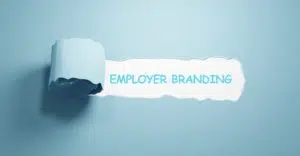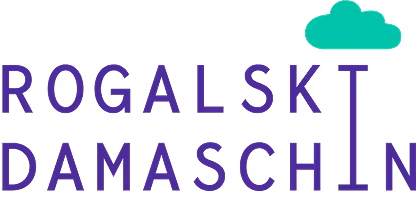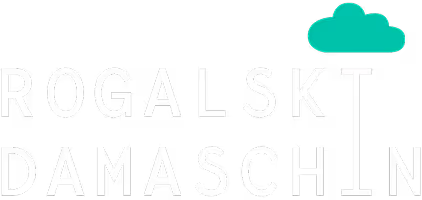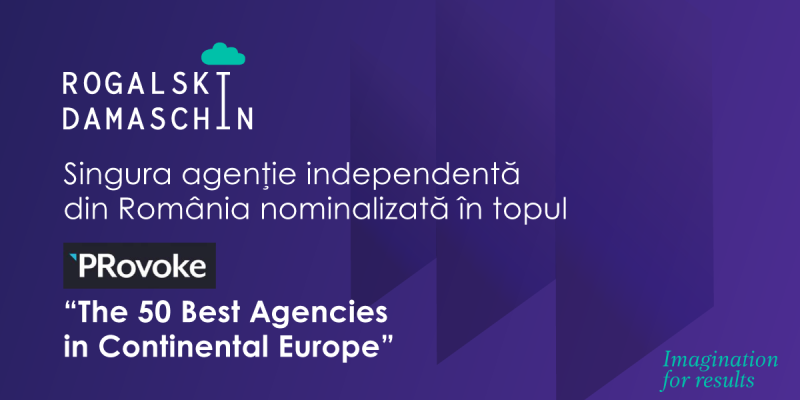
What's New in Employer Branding?
How do you get to attract valuable people in a market that is facing the problem of recruiting for core positions? Can employer branding improve this situation?
In the text below, Eliza Rogalski, Founder, Managing Partner and Head of Corporate Reputation at Rogalski Damaschin, talks about the current challenges in the labor market and the importance of strategies employer brandingin this changing landscape:
Real Retail Story or Why Employer Branding Matters More Than Ever
The other day we explored the fascinating universe of a DIY store in search of a banal latch. Not exactly a locksmith specialist, I enlisted the help of a store sales consultant who showed up after about 20 minutes.
While I was exposing her problem, another lady joined me from the shelves surprised that for many good minutes she could not find a sales consultant in the store who would give her some information about a product that interested her.
“We are too few to help you with information faster,” the sales consultant replied to the lady who asked why she could not find anyone in the store. “There is simply no one hired for such a job anymore,” he added.
Job Market Challenges and Employer Branding Briefings to PR Agencies
The issue of recruitment for basic positions within organizations is critical today. To meet these challenges, more and more HR or communication specialists are applying to the PR agency with an employer branding brief.
But while the work culture and motivations that get us excited about a job have changed, they are not always properly reflected in an employer branding brief.
HR in a change of identity — from “human” to “people & culture”
The main change that we have noticed in the last 12 months is that the “HR department” itself is going through a process of identity change. HR often becomes a strategic management function that includes phrases such as “people” or “culture”.
But the path from “human” to “people” and “culture” is difficult. It involves a change in vision of how human talent is captured and developed in an organization.
The transition from job descriptions, evaluations, career plans to the idea of “role” in the organization is probably the most difficult adaptation that the discipline known as “employer branding” crosses.
Why Employer Branding Needs More Than PR and HR
In the human capital poverty we are experiencing today, the employer branding process is a strategic one and requires not only knowledge of “HR” and “PR”. It calls for a multidisciplinary strategy that includes:
- sociological research
- neurosciences
- Wellbeing
- generational profiling
- group leadership
- dynamics of influence
Today, there are organizations where the employer branding budget is at least equal to that of a marketing department. That's because the battle to win and retain a consumer can no longer be won without a solid infrastructure from a human point of view.
A marketing “value proposition” can no longer be credible without a sustainable value proposition by the employer.
How Employer Branding Redefines Organizations' Internal Processes
Most organizations are transforming from “marketing-centric” to “employer-centric” structures. This transition involves adaptations of many tested and validated concepts in the traditional marcom for human resource management functions.
There are even organizations that have merged their two functions — marketing and HR — to better respond to market realities. “culture induction” “culture transition” and “culture roll-out” programs are created to increase the interest of current or future employees for a specific role in an organization.
The internal regulations are replaced or supplemented by “culture books” and “induction guides”. Wellness programs appear in the office or with applicability in remote work.
Work satisfaction studies no longer only assess the relationships between people and teams, but also the relationships between the organization and people. Recruitment campaigns are real deployments of forces around a “recruitment journey”.
In the face of uncertainty, employer branding needs creative solutions
In a time of change and uncertainty, one thing is certain when it comes to employer branding: complex and creative solutions are needed to bring and retain the best trained people in the organization.
Essential Questions About Employer Branding
What is employer branding?
Employer branding is the process by which a company builds and communicates an authentic employer image in order to attract and retain talent.
Why do companies turn to a PR agency for employer branding?
Because PR agencies can translate organizational culture into clear and convincing messages, integrated into internal and external communication strategies.
What does the transition from HR to People & Culture mean?
This transition reflects a change in perspective: employees are no longer treated just as “resources”, but as people with real roles and needs. The focus falls on culture, leadership and internal experience in the organization.
Meta description:News from Employer Branding. The staffing crisis brings employer branding briefings in PR agencies. Find out what's changing in employer branding.
Keywords:employer branding, recruitment, HR specialists, PR agency, brief, HR






